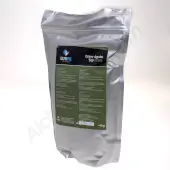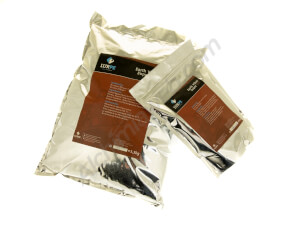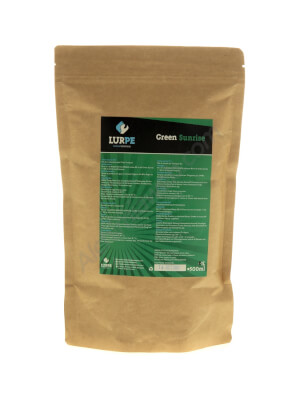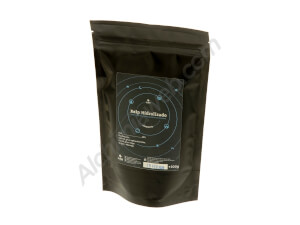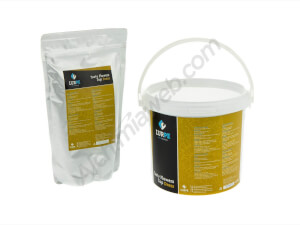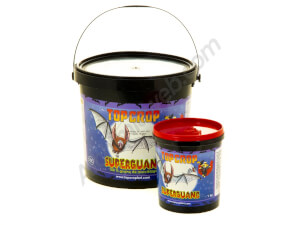- Free gift
with every purchase - Secure
payment - Discreet
shipping - Free
shipping - Protect the planet
Information
Alchimia presents Grow Again Top Dress by Lurpe Natural Solutions, an organic powder fertiliser designed to stimulate vigorous plant growth and revitalise living soils. Its formula combines natural ingredients with beneficial micro‑organisms to improve soil health and support sustainable plant development.
Grow Again Top Dress, natural and sustainable fertiliser
Grow Again Top Dress by Lurpe Natural Solutions is an advanced solid nutrient product that boosts plant growth and revitalises living soil, promoting lush, healthy plants. It blends premium ingredients for growers wanting to cultivate organically with balanced nutrition, improving garden health or enabling substrate reuse through a natural, sustainable solution.
Grow Again Top Dress, bacteria + natural ingredients
Grow Again Top Dress composition includes natural ingredients and rhizobacteria, which enhance nutrient availability and increase plant resistance under challenging or stressful conditions.
How to use Grow Again Top Dress by Lurpe Natural Solutions?
- For potted crops, apply 2–4g per litre of substrate, mixed in, and add a further 2g per litre each month.
- In soil cultivation, apply 450–600g per m2, mixing it into the topsoil.
When to apply Grow Again Top Dress?
Grow Again Top Dress can be applied at any stage of cultivation:
- Mixed with the substrate before sowing or at transplanting.
- At any time during cultivation, by applying to the surface of the substrate and mixing with the top 5cm.
- When reusing spent substrates, apply at the start and during surface cultivation.
- For mother plants, apply once a month.
Product storage:
Store in a cool, dry place at 5–25 °C.
Micro‑organism viability declines 18 months after the batch date.
Lurpe Natural Solutions Grow Again Top Dress info:
Composition:
- Feather meal
- Organic Alfalfa
- Diatoms
- Fish Meal
- Bone meal
- Dolomite
- Kelp
- Azomite
- Blood meal
- Potassium Sulphate
- Humic and Fulvic Acids
Rhizobacteria:
- Bacillus subtilis: 3.100.000 cfu/g
- Bacillus megaterium: 2.400.000 cfu/g
- Bacillus amyloliquefaciens: 2.400.000 cfu/g
- Bacillus methylotrophicus: 2.400.000 cfu/g
- Wickerhamomyces anomalus: 2.400.000 cfu/g
- Paenibacillus durus: 2.400.000 cfu/g
Specifications
| Brand | Lurpe Natural Solutions |
| Category | Fertilizer |
| Stage | Full Cycle/Autos |
| Composition | Organic |
| Soil | |
| Format | Solid |
| It's Supersoil |
Opinions about Grow Again Top Dress - Lurpe Natural Solutions
Questions and answers
Grow Again Top Dress - Lurpe Natural Solutions related products (Lurpe Natural Solutions)
Bought together with Grow Again Top Dress - Lurpe Natural Solutions


